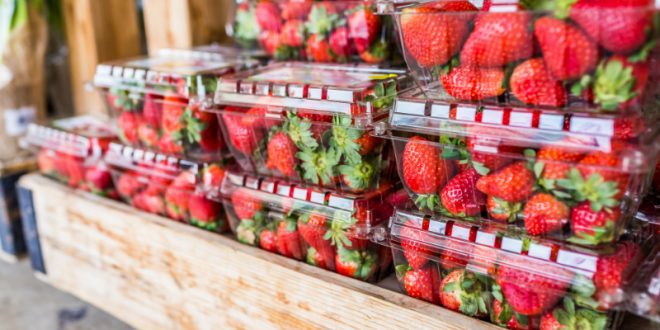Polymers for safe contact with meals and beverages
Whether as PET bottles, packaging films, or tubes and hoses in machines for processing meat, fish, poultry and dairy products, in equipment for producing baked goods and confectionery, or in households as storage containers, drinking cups, dishes or cooking utensils – plastics come into contact with food in many areas. This kind of contact must remain entirely without consequence: under no circumstances should the polymers used negatively impact the quality or safety of the food. It must always be ensured that both the consumption remains safe and the taste and smell of the product stay unchanged.
A common attribute for strict legal requirements
In general language, materials that fulfill these properties are called “food safe” – sometimes referred to as “food grade plastics” in industrial or regulatory contexts. However, this term is not a legally anchored definition. Across the EU, there is neither a uniform approval requirement nor a standardized official approval process for so-called food contact materials.
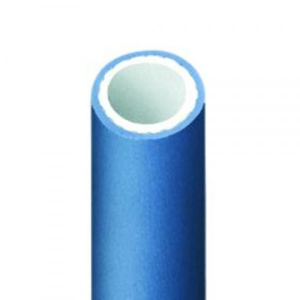
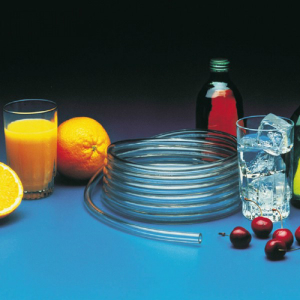
The attribute “food safe” should therefore be understood as a widely used and common category term in industry and the public for all materials that comply with the legal requirements for contact with edibles.
No health hazard through substance transfer
The conditions under which a specific plastic is considered food safe across the European Union are regulated by comprehensive EU regulations. The foundation of this regulatory framework is Framework Regulation (EC) No. 1935/2004, which was adopted by the European Parliament and EU Council on October 27, 2004. It strictly aims at consumer health protection and establishes that materials in contact with food must not transfer substances to food in quantities that could endanger human health.
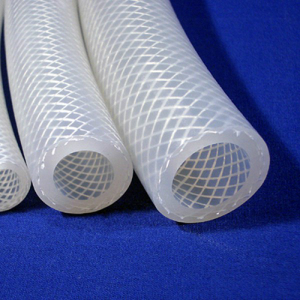
Since some substance transfer is technologically unavoidable, Regulation (EC) No. 1935/2004 Article 3 and the subsequent Regulation (EC) No. 2023/2006 on good manufacturing practice (GMP) set specific requirements: Accordingly, a food grade plastic must be manufactured so that its material components transfer to the edible goods only in non-hazardous minimal amounts under normal and foreseeable conditions of use. At the same time, it must not unacceptably alter the composition of the products or impair their taste and smell.
Legally effective EU positive list for food safe plastics
Specifically for plastics, the European Union enacted Regulation (EU) No. 10/2011 for the food industry in 2011, which contains a binding positive list of monomers and additives that may be used in the production of plastic materials and articles intended for culinary contact.
The European Food Safety Authority (EFSA) is responsible for evaluating new applications for inclusion in the positive list.
The EFSA expert panels include staff members from various national food safety authorities across Europe, including institutions like the German Federal Institute for Risk Assessment (BfR). These national bodies advise their respective governments on matters of safety, conduct their own research on the topic, and regularly issue recommendations on materials for food contact. Many of these resources, such as the BfR’s recommendations (formerly known as Plastics Recommendations), are freely accessible online for both industry representatives and the general public.
Monitoring by EU Member States
Member States are responsible for checking the safety of plastics in contact with food, which manufacturers must ensure according to legal requirements. They monitor compliance with applicable laws at both producer and retail levels. They examine both the plastic products and the food for transferred substances.
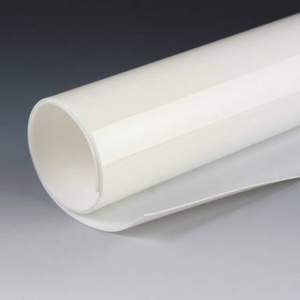
For goods intended for export to countries outside Europe, sellers must also observe country-specific guidelines. For example, in the USA, regulations of the Food and Drug Administration (FDA) must be followed, such as FDA approval for raw materials.
Identifying markings for consumers
Various markings have been introduced so that consumers can recognize at first glance whether objects or packaging materials made from plastics are suitable for meal contact. The logo of a stylized cup plus fork confirms the material’s safety for health, as does the indication “For food contact” or descriptions of the specific intended use.
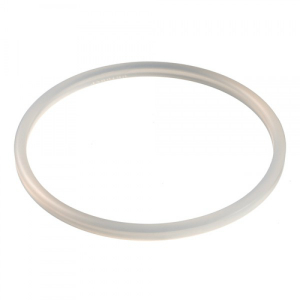
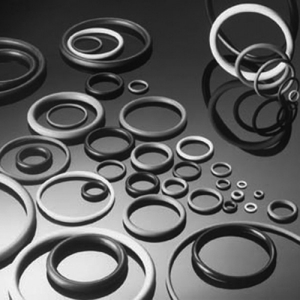
However, European consumer protection authorities point out that this logo does not necessarily have to be affixed to objects in which provisions are already packaged or which obviously come into contact with meals and beverages due to their intended use.
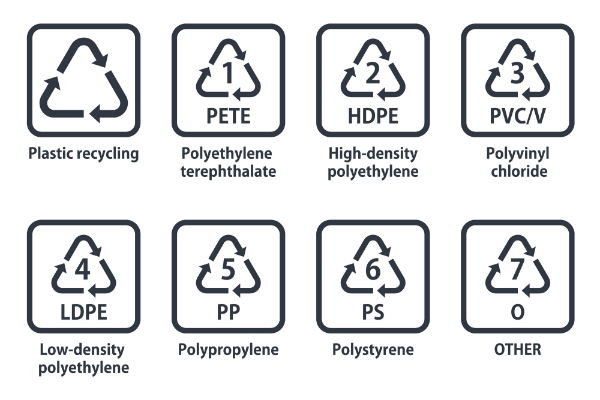
In addition, there are recycling symbols on goods that help everyone identify individual food safe plastics. The code number and sometimes additionally the abbreviation of the respective polymer are always at the center of the well-known arrow triangle.
Polyethylene terephthalate (PET): Probably the most popular food safe polymer
The number 01 in the logo identifies polyethylene terephthalate, probably the best-known food grade plastic among consumers due to its widespread use in PET bottles. It is very frequently used in the nutrition industry because of its complete colorlessness and high light transmission. Without coating, however, polyethylene terephthalate has low gas tightness, so that for use with certain edible products and beverages, a diffusion barrier – usually made of silicon dioxide – must be applied.
The compound acetaldehyde, which is produced during the manufacture of polyethylene terephthalate products, can transfer to edibles in small amounts and slightly alter the taste.
The same applies to the catalyst antimony trioxide, for which a specific migration limit is prescribed in the EU regulations: The limit value for the safe substance transfer to edible products and beverages is 40 µg/L for antimony trioxide.
Also suitable for food:
High-density polyethylene (PE-HD) and low-density polyethylene (PE-LD)
Polyethylene, the quantitative leader in global plastic production, also falls under the category “food safe.” In high density (PE-HD or HDPE), it is assigned code number 02 in the arrow triangle, in low density (PE-LD or LDPE), the number 04. Across Europe, the production volume of polyethylene is substantial, with millions of tons produced annually. Due to its high stretchability and chemical resistance, the thermoplastic is mainly used in the nutrition industry for packaging and cling films. Polyethylene is also suitable as a material for thin-walled containers or stable pipes that can be installed in beverage production facilities or for drinking water supply.
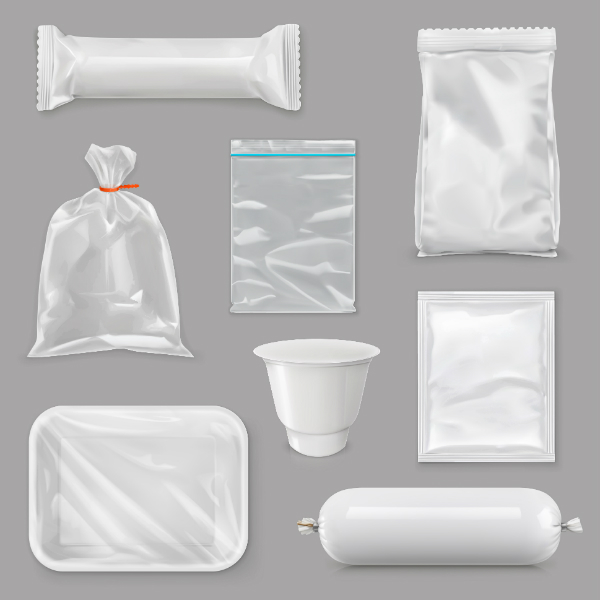
Polypropylene (PP) – a safe all-rounder
Polypropylene (PP), the second most common standard plastic after polyethylene with similar properties, is also used in many ways in the culinary industry. The additional methyl group of the odorless polypropylene improves the mechanical properties in terms of material hardness and increases heat resistance compared to polyethylene. However, it has lower chemical resistance due to the tertiary carbon atom. At room temperature, this mainly affects contact with strong oxidizing agents; against fats and most organic solvents, however, polypropylene is quite resistant.
The versatility of polypropylene in the automotive industry, electrical engineering, construction, textile industry, and the like is also reflected in its use as a food safe plastic: PP is used, for example, for yogurt cups, drinking straws, bottle caps, transport and storage containers for cold and hot meals, heat-resistant films, cooking utensils, interior parts of dishwashers, and packaging films. In the recycling logo, this health-friendly all-rounder has code number 05.
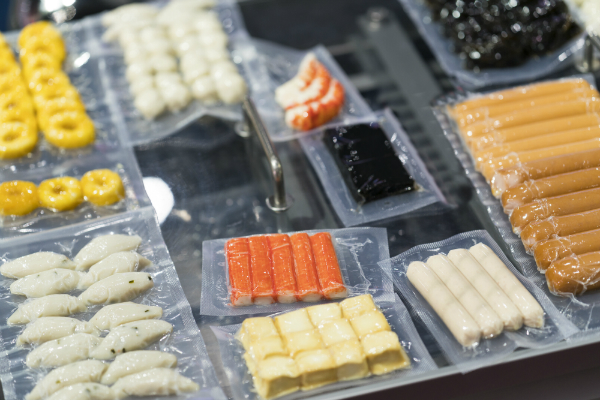
Rarely used in the nutrition sector: Polyvinyl chloride (PVC)
The number 03 in the arrow triangle symbol, which has been omitted until now, stands for polyvinyl chloride (PVC). However, PVC is only food safe under two conditions: First, if it is completely free of plasticizers. Even then, hard PVC is not particularly suitable for use in the consumables industry due to its hardness, brittleness, and yellowish inherent coloration.
Second, if the PVC contains only food grade plasticizers. However, these plasticizers described in more recent literature, based on citric acid esters, adipic acid esters, etc., are very expensive. Due to the high costs and the consistently unattractive yellow coloration, PVC therefore remains an unattractive plastic for the nutrition industry.
 Reichelt Chemietechnik Magazine
Reichelt Chemietechnik Magazine
